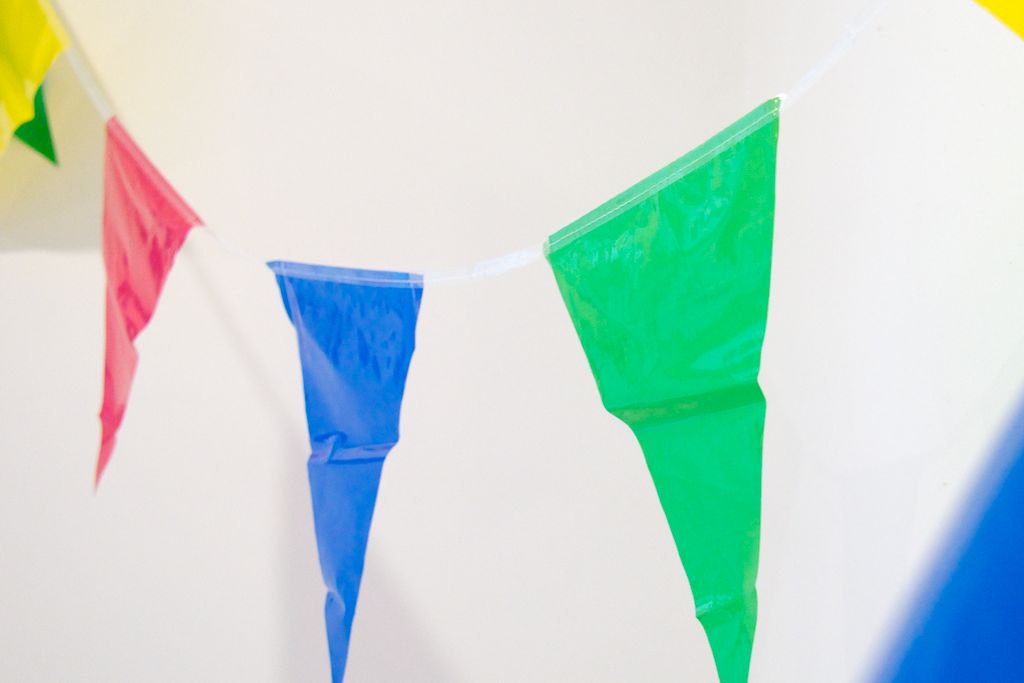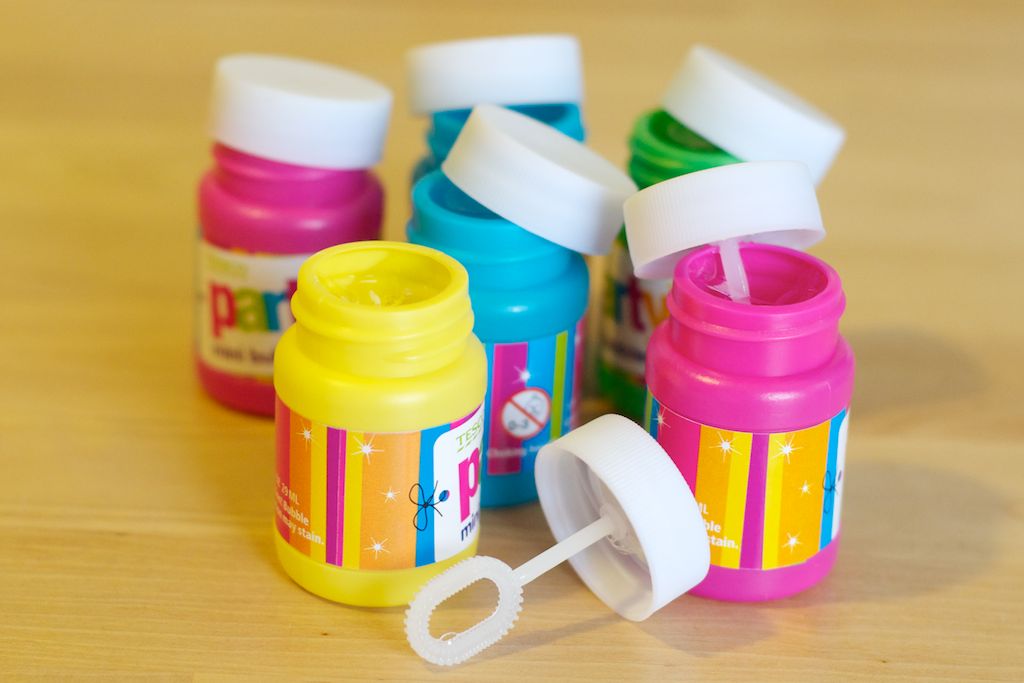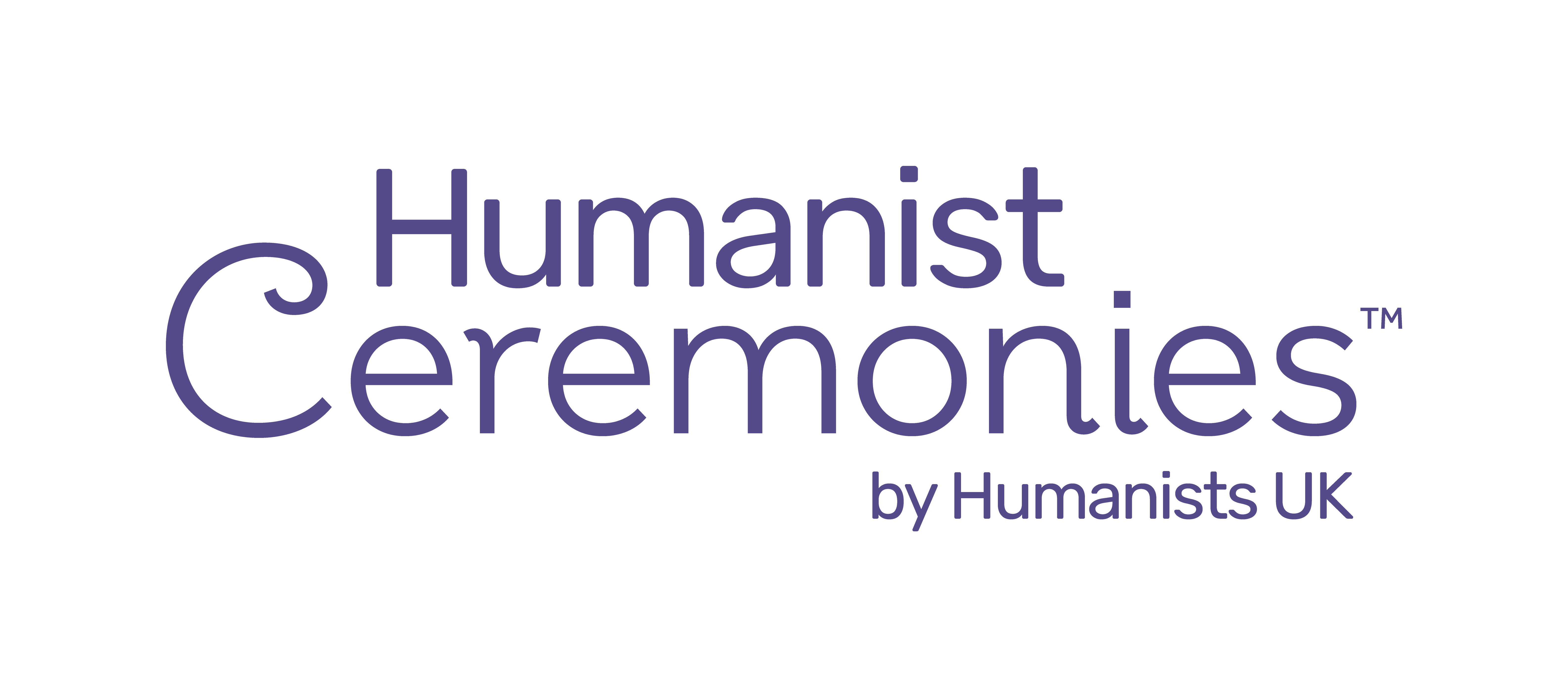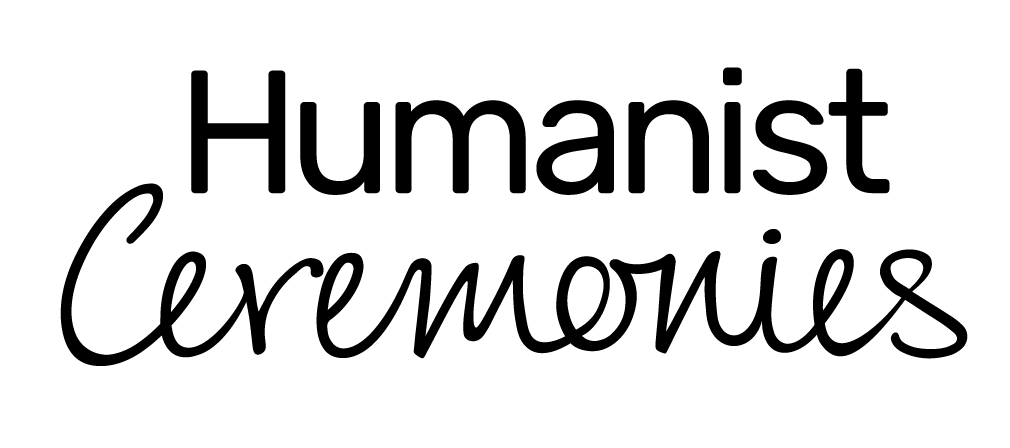Naming or welcome ceremonies
Organising your a naming ceremony for your son or daughter (or more than one at once!) is a fairly painless and low-pressure process. It may be a small, informal or intimate thing, or perhaps part of a larger party. Both work equally well; but if you’ve got a lot to co-ordinate, get in touch as early as possible so we can get a date in the diary!




“Thank you so much – it was brilliant! Everyone said how personal it was and that meant so much to us.”
Generally speaking, here’s what will usually happen.
1. You get in touch and say hello
By phone or email; either is fine. Tell me a bit about who you are and what you’re thinking, and I’ll tell you whatever you want to know about me. Within reason.
2. I send you some information
This will include a copy of the Humanists UK’s leaflet on naming ceremonies, which briefly summarises what’s involved. If you’d like, I’ll also send you a copy of the information you’re reading now, along with details about payment, logistics and so on—so you know exactly what’s involved right from the start.
3. We meet up in person
You get to have a look at me and decide whether you’d like us to work together. It’s an important decision—everyone looks for something a little different in a celebrant, even if they’re not aware of it! I’ll get to know you too, and write down as many details as I can about you, your son or daughter, and your thoughts, feelings and ideas about the ceremony you’re planning. That way, if you’d like to go ahead, we’ll already have something to work from. If at all possible, I’d be delighted to be able to meet your little one at this stage too!
4. We book the date
If you’d like to go ahead, I’ll put the date for your ceremony in the diary. I don’t ask for a deposit for naming ceremonies, as the overall fee is quite small anyway.
5. I give you some more information to get you thinking
This will include anything you’ve asked for in terms of suggestions of readings, music, symbolic gestures and so on. If you’d like some more stuff to read, I’ll also give you your own copy of New Arrivals: Nonreligious Baby Namings by Jane Wynne Wilson and Robert Ashby. This contains sample ceremonies, snippets of wording, ideas for phrases, music, readings and gestures. Of course, you can use all, some or none at all of what’s in there, but it’s something you might want to have a look at for inspiration.
6. We keep in contact
to discuss what you’d like, and for me to get to know you better. We might have another meeting in person, or we might keep to phone and email from this point; whichever makes most sense given the time available. Either way, I’ll ask about your life with your child, how you feel about them and about life, your hopes and values for the future, what messages you’d like to give to them, and so on. We’ll also continue to talk about what elements you’d like in your ceremony: Readings? Music? Decorations? Balloons? Bubbles? Hand-prints? Tree-planting? Pictures? Other symbols or gestures? There’s an infinite variety we might choose, and it’s all up for discussion.
7. I draft a ceremony according to your requests
Taking into account all the choices you’ve made, and adding my own ideas and experience whenever you’ve asked for it, I’ll write a first draft of a ceremony for you to look at and send it by email.
8. Amendments, discussions, alterations and changes
We’ll keep updating the ceremony script between us until you’re completely happy with it. One of the big advantages of having a humanist ceremony is that it’s completely tailored to you—so be honest, and tell me any changes you’d like!
9. Payment
Ideally, I’ll ask for this from you before the day arrives—because, let’s face it, there’s no surer way to ruin a beautiful day than having to deal with financial stuff.
10. Your ceremony takes place
and we’re all delighted!
11. I give you a copy of the ceremony script
Different from the script we’ll have been working from, this will be specifically designed and beautifully printed for you to keep. (I’m a designer too, remember…).
12. We say goodbye
leaving you, your family, friends and the star of the show to enjoy the rest of your day together, before telling everyone what a great time you had! (Or alternatively, just tell me; nothing gives me greater pleasure than hearing from families afterwards about how they’re all getting on.)
Normally, that’s the way things progress. The whole process is often fitted into a couple of weeks or so—because, let’s face it, the first year or two with a new child isn’t always the easiest time to be carefully planning ahead! But ideally we’d do it all over two or three months so the whole thing can be more relaxed. As with most other aspects of a ceremony, though, it’s all up for discussion and alteration.
It won’t be a stressful process. My aim is always that, when the ceremony is over, you will look back on this preparation as a positive and enjoyable part of the whole thing. After all, it’s a chance to think, and talk, about just why your child is so important to you. What could be nicer than that?

